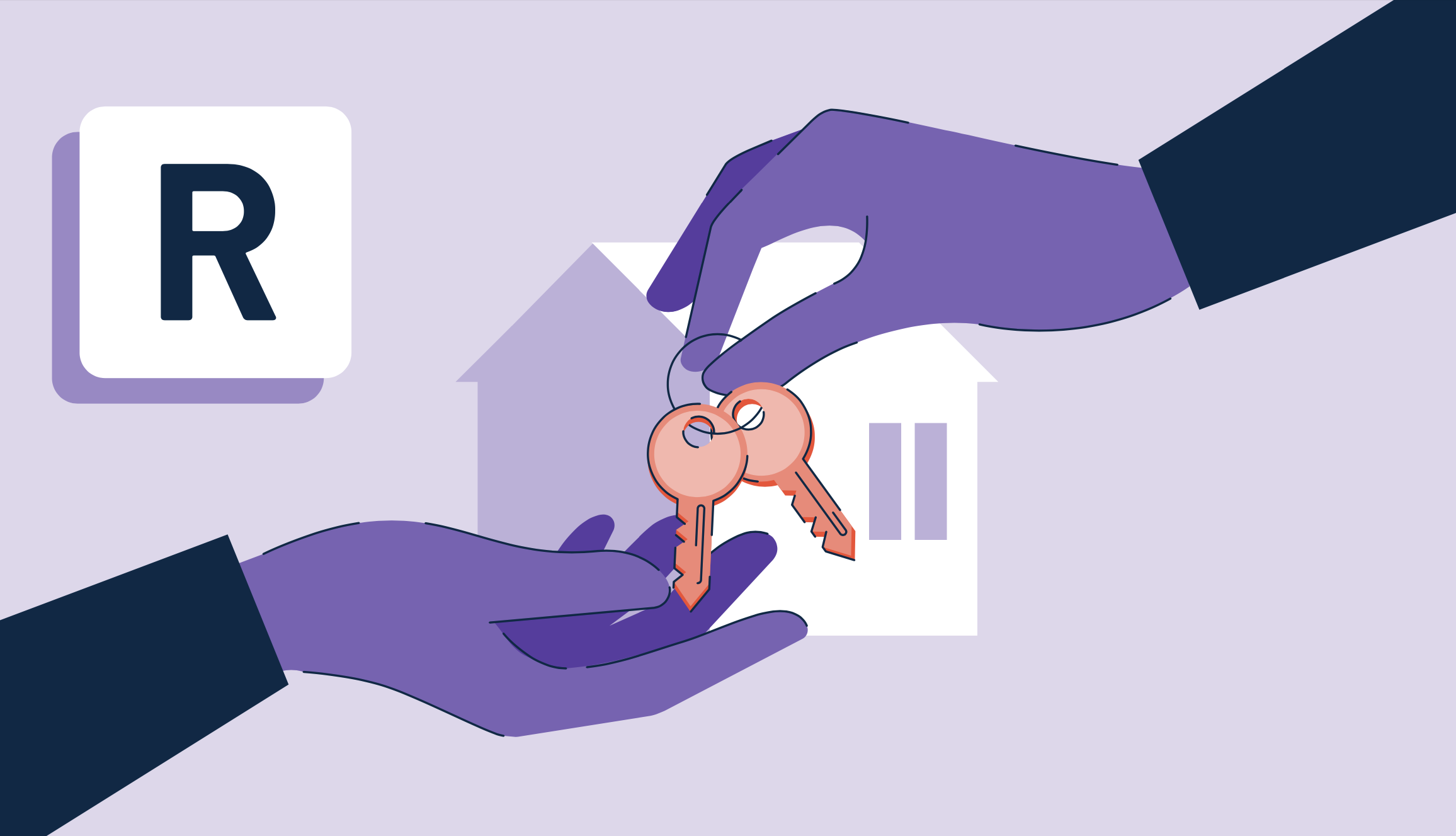What are rental applications?
Rental applications are forms created by a landlord or property owner that outline the information an applicant must provide to be considered as a tenant at a rental property. They can be accessed either online or in-person, depending on the landlord’s preference.
A rental application helps landlords gather an understanding of who the applicant is on a personal level, as well as their proof of income, housing history, and more. A culmination of this information will hopefully prove to the landlord that the applicant can pay rent on time and will respect any rules set forth in the rental agreement.
Some rental housing owners utilize property management software to automate elements of maintaining their properties. Property management tools allow them to create and monitor rental applications, track the financial aspects of their real estate, use artificial intelligence in daily operations, create communication portals to be used by landlords and tenants, and manage an entire property portfolio in one place.
Property management software solutions vary in use cases from commercial to residential properties. They can also be integrated with other software, including lease accounting, community association, rental payment collection, and facilities management tools.
Basic elements of a rental application
Before creating a rental application, landlords and property owners first outline what information is needed in the application to determine whether an applicant will be a good tenant. While the property owner or landlord decides the final information, most applications require the same essential requests.
- Applicant contact information, including full legal names, phone numbers, email addresses, and driver’s license numbers.
- Current and past housing information from the last few years of residency, including any previous rental details.
- Employment history and employer contact information to confirm the legitimacy of the applicant’s employment data on the rental application.
- Proof of income to ensure the applicant is equipped to take on the expected rental charges.
- Prior landlord contact information to create a more well-rounded understanding of the applicant as a tenant.
- Living conditions such as whether the applicant has any pets and how many vehicles they own.
- Credit information authorization to pull more monetary history about the applicant.
- Background check authorization to check for an applicant’s potential criminal record.
How to create a rental application
After understanding the essential elements of a rental agreement, a landlord or property owner will then build the application itself. This includes outlining all the information the applicant will need to fill out the application correctly and the information the landlord needs to understand the applicant and their potential as a tenant.
- Application fee. Many landlords charge a rental application fee before screening an applicant. This is used to ensure that all applicants are seriously interested in the property. Landlords and property owners should remain upfront about this fee and any additional elements of that fee, such as a non-refundable policy. The general price range for a rental application is ultimately up to the landlord and may vary based on location and state or local housing regulations.
- Property information. All the necessary information about the property should be provided on the application. This includes the complete address and the anticipated date of availability.
- Contact information. The application should include the information needed to communicate with the applicant. It’s also good to include an area for the applicant to disclose their desired move-in date. The landlord’s contact information should also be included in the application.
- The “don’ts”. Most property owners have a list of “don’ts” or situations they will not permit on their property. Some landlords will not allow pets, smoking, or even waterbeds, and that information should be outlined in the rental application.
- Additional information requests. At this step, landlords should include all the necessary major subjects of a rental application. These are the basic elements such as employment history and proof of income. This will also be the area to add any extra information requests they would like to collect from the applicant.
- Authorization signatures. Landlords should ensure they have received the permission of the applicant to conduct a background check and credit history report. Not doing so could result in legal concerns in the future.
- Legal consult. For extra thoroughness, a landlord may consult a lawyer to guarantee everything on the rental application is compliant with local housing regulations.
Rental application best practices
There are some best practices to keep in mind from the beginning of the rental application process to the final stages of choosing the right tenant.
- Know the law. There are many laws to protect both the landlord and the applicant. Staying keen on these laws is essential for both parties and is knowledge that should be acquired before starting the rental application process.
- Ask the hard questions. Landlords shouldn’t be afraid to get the answers they need to make the best final decision.
Some popular additional application questions that can be asked:
- Are you a convicted felon?
- Have you declared bankruptcy in the past seven years?
- Have you ever been evicted?
- Why are you leaving your last rental?
- Do you smoke?
- Do you have pets?
- Consider the non-negotiables. For example, some landlords are willing to accommodate a tenant with a pet if they prove to be highly reliable. Landlords should take time to consider what elements of the application process are more or less strict than others.
- Decide how the applicants will be narrowed down. As the rental application process plays out, landlords will narrow down applicants based on how they meet the basic qualifications set. At this point, some landlords will determine a way to choose the right tenant from a pool of applicants who are all excellent options. They may do this by prioritizing the applicants on a first-come, first-serve basis.
- Keep communication open. Many landlords will take extra time to let denied applicants know that they were not chosen. While it takes more effort for the landlord, it shows that the applicant’s time is also respected.

Alexandra Vazquez
Alexandra Vazquez is a Senior Content Marketing Specialist at G2. She received her Business Administration degree from Florida International University and is a published playwright. Alexandra's expertise lies in writing for the Supply Chain and Commerce personas, with articles focusing on topics such as demand planning, inventory management, consumer behavior, and business forecasting. In her spare time, she enjoys collecting board games, playing karaoke, and watching trashy reality TV.













